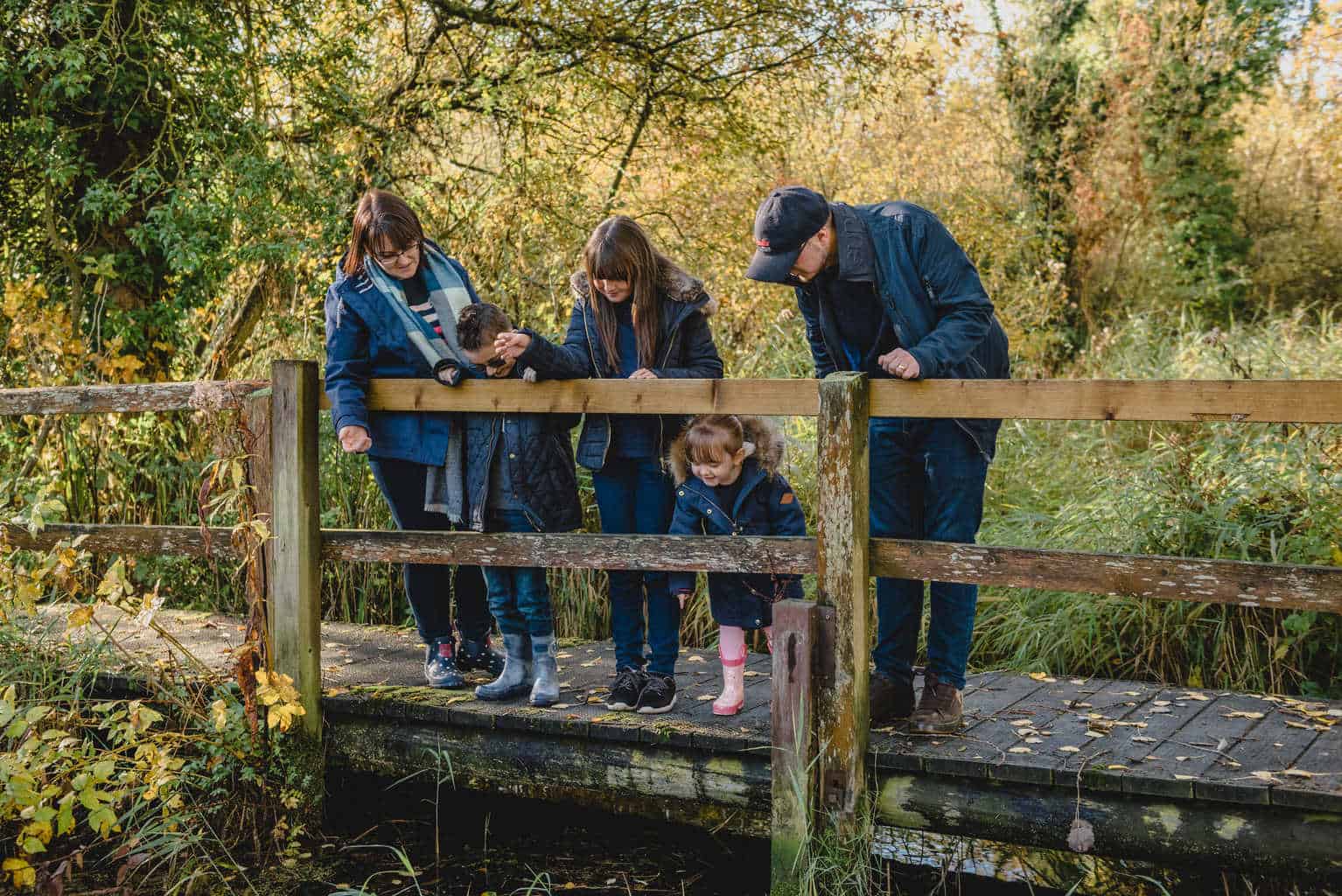AD | Featured
The idea that grass is just grass isn’t true. There’s actually a big difference in the different types of grass. Rather than just going with the cheapest bag of grass seed you can get your hands on, put a little thought into what kind of grass performs best in your region so you’ll have a beautiful lawn.
Contents
Choosing the right grass seed
While they may all appear thin and green, different variations of lawn grass have different preferences and traits, just like different types of trees. Even with the same type of lawn grass, you’ll still find variations. These make the difference between a lawn that requires regular and costly upkeep versus one that’s more low maintenance.
Here are some factors to consider before choosing what type of grass seed to get for your lawn.
Where you live
Whether you’re maintaining an existing lawn or starting a new one, the region where you intend to grow your lawn is crucial to consider. Different grass types perform differently in various climates. Most areas can be categorized into three distinct zones.

Transition zones
These are the most challenging regions in which to select a lawn because they experience hot summers as well as cold winter spells. Cool-season grass doesn’t do well in the hot summer’s heat, while warm-season grass is susceptible to winter damage and may remain brown for most of the season.
Due to its excellent tolerance to both winter temperatures and the summer heat, Tall Fescue is a great choice to grow in the transition zones. Other well-performing lawn grasses to consider for the transition region include Zoysiagrass, Kentucky bluegrass, and Bermuda grass.
Northern zone
These are cold regions with moderated summers. Canada and the northern United States are great examples of such areas. Perennial ryegrass, tall fescue, and Kentucky bluegrass are popular cool-season grasses in these regions.
Southern zone
Here, the winters are moderated with predominant hot summers. Heat tolerant types of grass, like centipede grass, Bermuda grass, and St. Augustine grass will thrive despite the long summer climate.
Site of planting
Another significant factor to consider is the site of planting the grass (your yard). Scrutinize the area for any special conditions or upcoming challenges. If you don’t see any unique challenges or conditions, you can expect your primary choice of lawn grass to perform well. Keep in mind, though, that particular species of grass will have to be selected for difficult sites.

High traffic
How much wear and tear do you expect your lawn grass to take from people walking around? It’s prudent that you select a kind of grass that suits your needs and preferences. For example, choose a type of lawn grass that’s not too delicate or prone to patchy spots in areas where you expect a lot of foot traffic, such as the children’s playground.
For people living in cool regions, perennial ryegrass and Kentucky bluegrass are a good choice for high traffic areas. Bermuda grass, on the other hand, is preferred in areas with a warm climate thanks to its self-mending abilities.
Low Maintenance
Buffalograss is a common choice of hardy lawn grass for those inaccessible and hard-to-water areas of your lawn. The grass does exceptionally well in low maintenance sites, preferably in North America. Centipedegrass is also another great option with little water and fertilizer requirements.
Shady sites
Most varieties of St. Augustine grass are an excellent choice for shaded sites in the south. Another popular shade-tolerant type of lawn grass is the fine-leaf Fescues.
Effluent water or salty soils
Seashore paspalum is mostly preferred for sandy coastal sites due to its salt-tolerant capabilities. This variety of grass thrives well in areas where effluent water with high salt concentration is used for irrigation.
In most cases, the seed company will mix up different ratios of several varieties of grass seeds to perfectly meet the conditions of your lawn. For a shady, salty, and high traffic lawn in the south, the seed company may mix up different types of grass in different ratios to ensure all the special conditions are well catered for.
For people with smaller lawns, growing lawns from seed offer a low-cost option. To ensure that you have that aesthetic and uniformly green lawn, invest in high-quality seeds rather than just hopping on the best bargain options.
You can achieve your lawn appearance goal and complement your home activities by matching the specific needs of your lawn with the variety of grass that suits best.
























No Comments